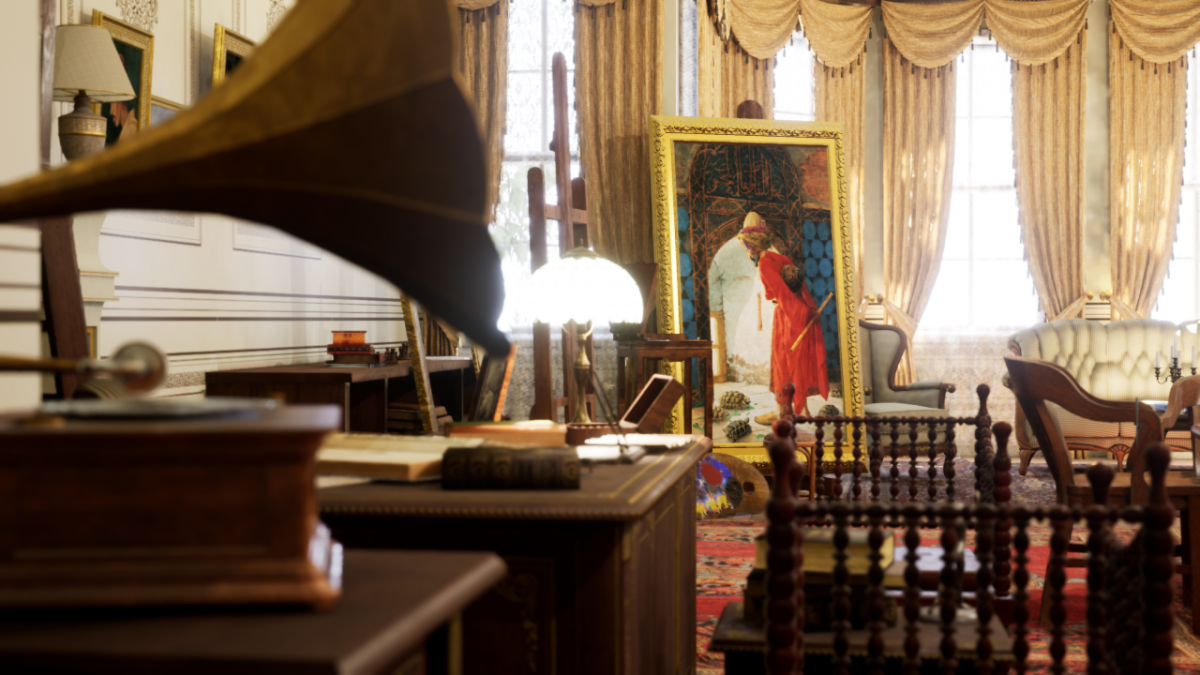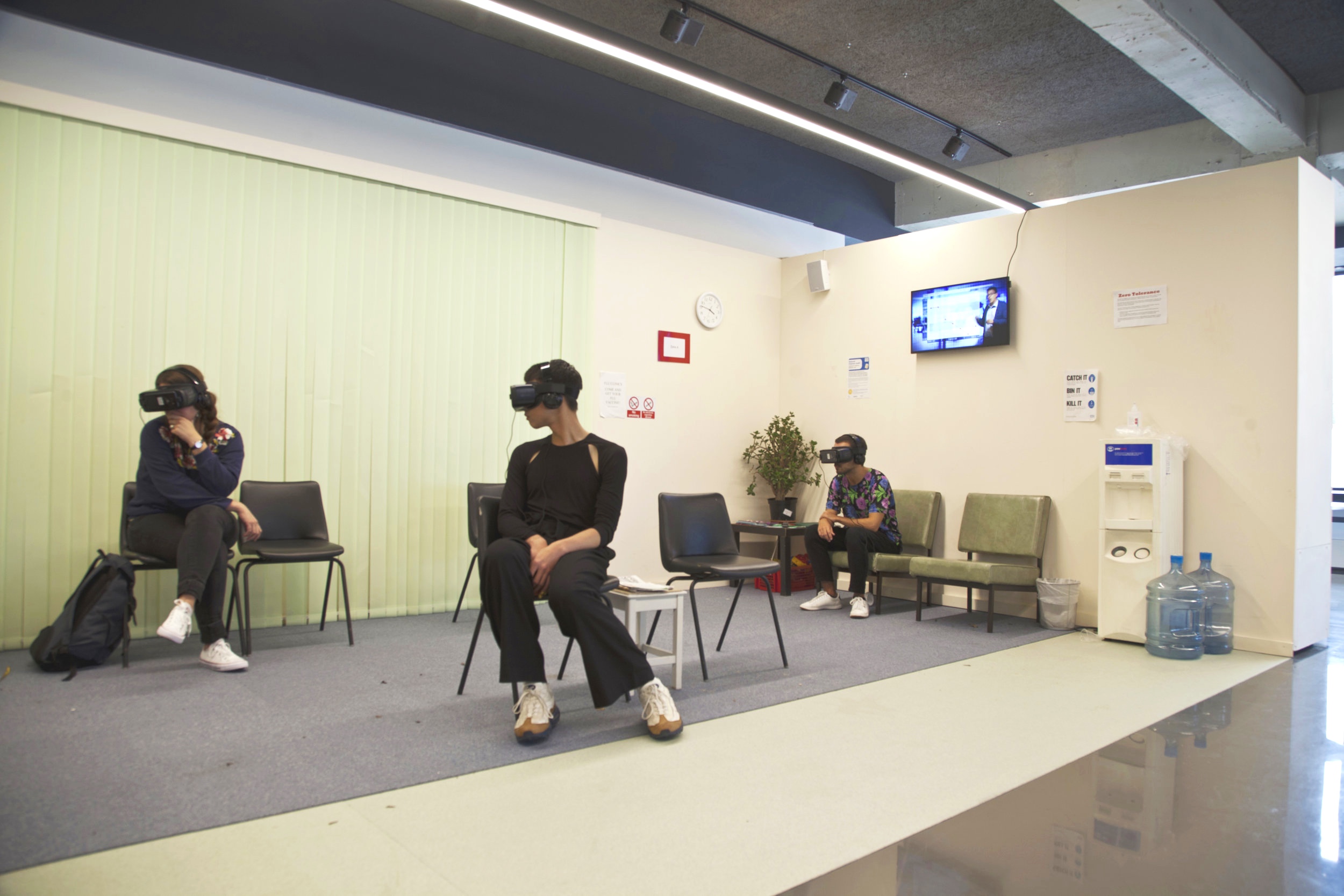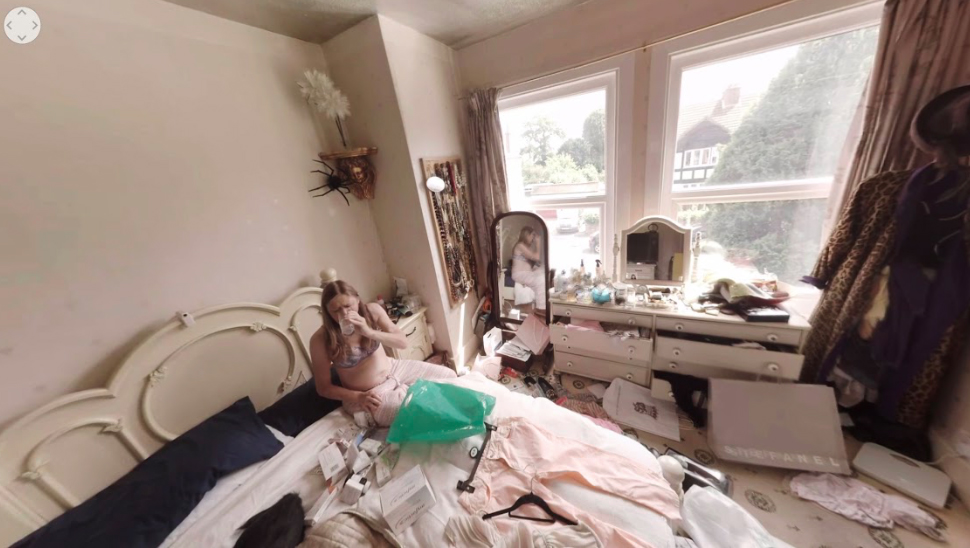As far as I can see, virtual reality technology is a brand new invention which will deepen the transformations brought by the invention of camera and the internet into human history. For now, the most widely used field is the video game industry. Currently, there are many VR playrooms that you can rent by hour in many big districts in Istanbul. Even though those VR goggles, either cheap or expensive ones, are sold on the market today are largely purchased for gaming purposes, I am sure it will change one day in the not-so-distant future.
We see that many other sectors besides the video game industry have started to use virtual reality technology. For instance, a VR start-up developed by a group of young entrepreneurs for dentistry students was recently sold to Virginia Tech University. They have the opportunity to get the information by wearing VR goggles and experiencing it from a simulation which they normally learn by carving soaps or gathering around the lecturer during a medical procedure by him/her to patients. In a similar manner, a software which is established by a young company in Turkey to teach pharmacy students how a pharmacy should be regulated is available. It is possible to give countless examples similar to these ones.
In recent years, we have witnessed the introduction of virtual reality technology in art, as in many other fields. Both the artists and art institutions are trying to produce artworks with this technology or bring it to art spaces, which is not cheap yet. For instance, we were able to visit the exhibition of English artist Mat Collishaw, "Tresholds" by wearing VR goggles which we had the opportunity to see in Yapı Kredi Kültür Sanat in 2018 after being exhibited at Somerset House in London in 2017.

The room which looks snow-white looking through the door became something totally different with virtual reality goggles and equipment. We have seen the first photo printing exhibition opened by British scientist William Henry Fox Talbot in the 19th century. Talbot exhibited the photographs that he developed by using the calotype technique in 1839 at King Edward's School in Birmingham. In Collishaw's exhibition, you could not only look at Talbot's photographs in rectangular displays but also you could hold or turn them around. Moreover, the experience was not limited to Talbot's photographs that he has printed to papers dipped into silver salt. You had the opportunity to experience the situation of building in the 19th century. From the portrait photographs on the walls to chandeliers on the ceiling, from the burning fireplace to the cockroaches quickly disappearing on the ground and even to the political protests that took place just outside the building, all kinds of visual and auditory details were thought.

Similar work can be seen nowadays at the İstanbul Research Institute and Pera Museum. As a part of the "Looking from In-Between: A Section of Meşrutiyet Street" exhibition which will continue at Istanbul research Institute until September 21, it is possible to go to the years when the building used by Pera Museum today was Bristol Hotel, go through the lobby of the hotel to the dining room, examine the objects and photos on the tables and walls, and take the elevator to your room.

In the collection exhibition of Pera Museum where Osman Hamdi Bey's pieces are located, it is possible to enter Osman Hamdi's mansion on Bosphorus shore, walking around his large working place, examining the documents on his desk, looking pictures that he took during his archaeological excavations in various topographies of the Ottoman Empire, and lastly feeding the turtles with lettuce by entering the famous The Tortoise Trainer.

Heretofore, the VR exhibitions that I have had a chance to see in Turkey always have a historical extent. However, there are artists and art institutions which use this technology beyond the historical context. For example, in House Biennial 2017, photographer Natasha Caruana designed her exhibition "Timely Tale", which focus on her mother, to be watched through VR goggles. Audiences wearing VR goggles while sitting on some old armchairs gathered from hospitals can enter the artist's mother's room who struggles with the disease, and experience this atmosphere.

I think Caruana's remark on VR and the role of the photographer is very important. The photographer using VR technology no longer offers a determined frame to the audience. In the broad world created by the artist, the audience can focus on the mess of the artist's mother's room, the cityscape seen from the window, or the many medicines consumed.

The essence of VR technology, as already pointed out by Caruana, comes from the autonomy and interactivity offered to the user. As a person who finds all kinds of video games meaningless for years or rather does not enjoy the idea of killing something by pressing the keys, I enjoy killing zombies for hours in VR centres which I started to go after visiting Collishow's exhibition. Because it is a completely different experience to feel that with my whole body rather than pressing keys with the tip of my finger.
Of course, there are lots of problems on the technological side. I have not experienced an image as clear as our vision with the naked eye, neither in VR centres nor exhibition venues' equipments. You have to accept being in a bit of misty atmosphere. Indeed, after using it for about an hour, usually the eyes water and a headache starts. Moreover, the goggles and equipment carried on the head and back are not light at all. Experiences at exhibitions are usually limited to 5-10 minutes. However, I am confident that these problems will be solved in the coming years and in the near future VR goggles will become a normal part of daily life, as each of us has a laptop and smartphone.
Artists, art institutions and those who produce content for the art world should prepare themselves for this technology and the new experiences and discussions that this technology will bring together.